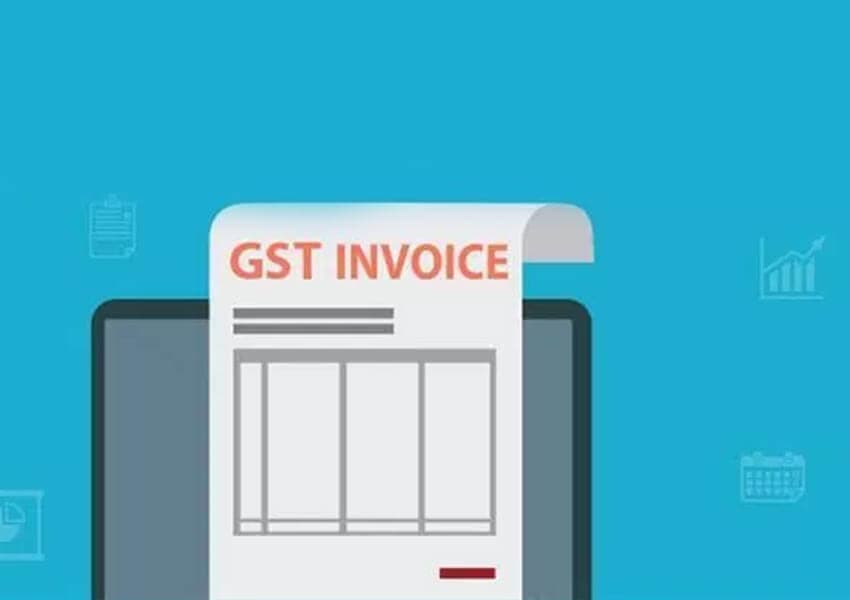GSTR-2 is a monthly-filed return, that generally summarizes the details of a business’s inward purchases, of taxable goods/services. When a purchase is made from registered suppliers, the information that is stored in their sales returns (GSTR-1) is available on the GSTN portal as GSTR-2A and can be used in the buyer’s GSTR-2.
In the earlier VAT regime, it was easier for businesses to get ITC on the basis of self-assesses returns. However, with GST businesses can claim ITC on the basis of the invoices, as uploaded by their suppliers. Thus, it is imperative that both buyer and supplier need to reconcile invoices together, crosscheck details, confirm them and only then can buyers claim ITC
In order to ease your reconciliation process, here are a few things that you must keep in before filing GSTR-2:
- For a Business-Owner: One of the biggest worries is whether you’ll be able to claim all your Input Tax Credit, ensuring that your GSTR-2 returns do not get rejected by the GSTN portal.
- For a Supplier: As a supplier, you have to be really careful about the details you fill out in GSTR 1. Any mistake in your returns can end up with the passing of credit to the wrong person, which might end in further litigation.
- GSTPs: Even GSTPs have to be mindful while uploading client files, as many a time, multiple invoices may get modified in the invoice matching process. It can especially be hassling when there are hundreds of invoices. In such cases, the solutions which seem to be most reliable include:
- Overview of the work by a Chartered Accountant/GST Expert
- Software Solutions such as GreenGST, which is seamless.
- Outsourcing of the job to other Accounting Firms.
- The GSTN Portal auto-populates GSTR-2A as a read-only version, with the invoice entries as made by the suppliers. The invoices do not necessarily match the order in which they are maintained in the buyer’s books. Hence, the buyer needs to go through all the line items and make sure that they are correct, before accepting the invoices. In case the invoices do not match, they need to be reconciled manually.
- There are cases when the suppliers may forget to upload or report some invoices. In such cases the buyer needs to alert the client, who will need to take time to understand the cause of the lapse and confirm whether the supplier can report the invoices. There are even instances when the supplier may not agree to this.
- There are times when suppliers may under/over-report the invoices. In such times again, the buyer/supplier need to arrive at a term of agreement about further processes.
- Invoices in transit may sometimes not reflect on the supplier’s GSTR-2A form. This can be problematic if the buyer has considered them as input in the GSTR-1 filing.
- The buyer needs to ensure that only the right invoices are accepted before submitting the GSTR-2. Accepting wrong invoices can lead to rejection or even worse, further litigation, as there is no scope of revision.
Having talked about the considerations and challenges regarding reconciliation process before filing GSTR -2, the easiest and most seamless solution to all your GST woes is using our ASP GreenGST. With a dedicated service-center, catering to all you GST related queries and needs, GreenGST can:
- Simplify the invoice matching process
- In cases of discrepancy in invoices, it enables quick reconciliation
- Empower business owners to make the right decisions
- Ensure total GST compliance
- Save time and reduce the effort by the business team
So, reach out to us and let GreenGST help you take care of all your GST-related needs.




